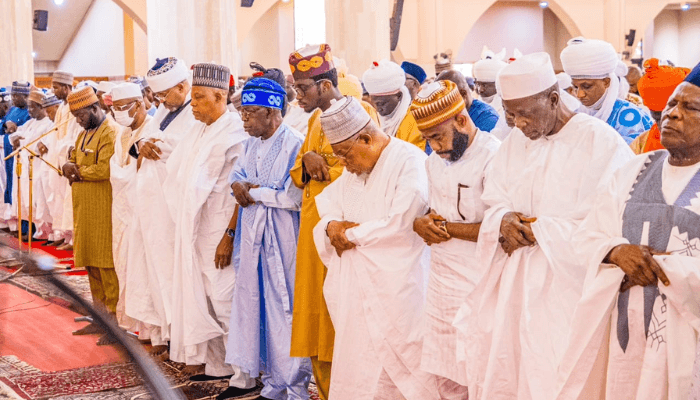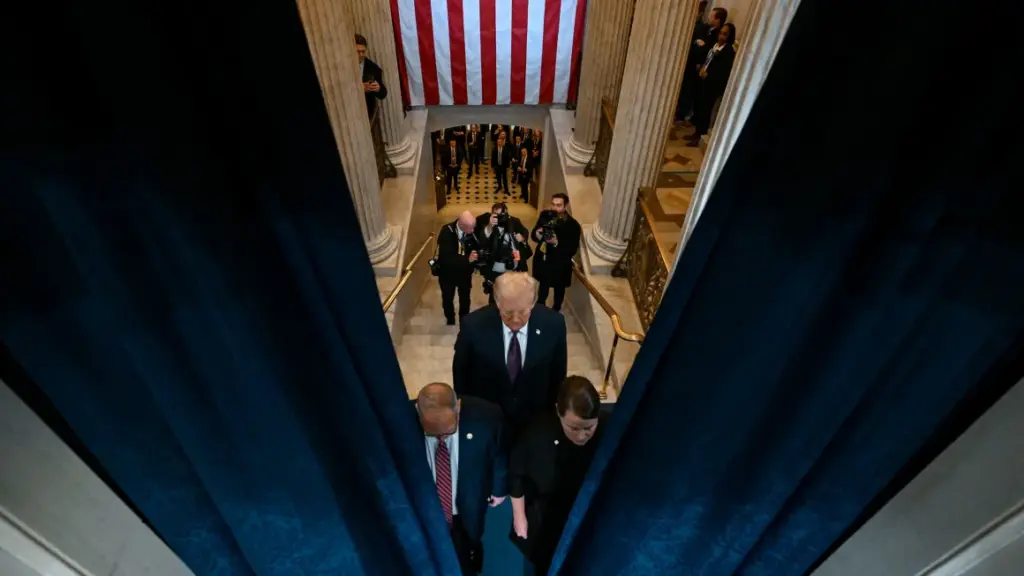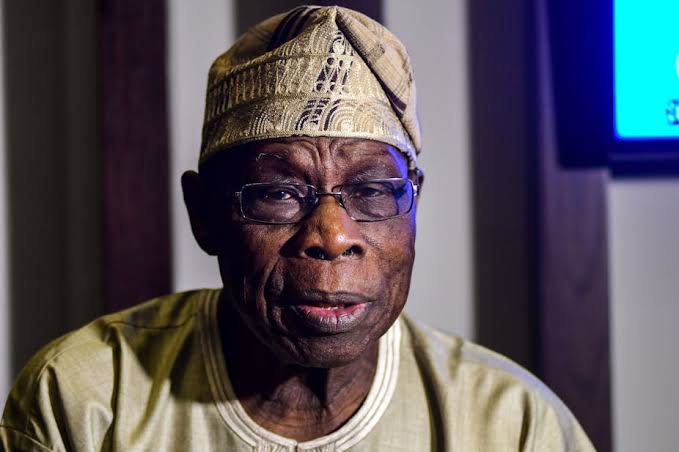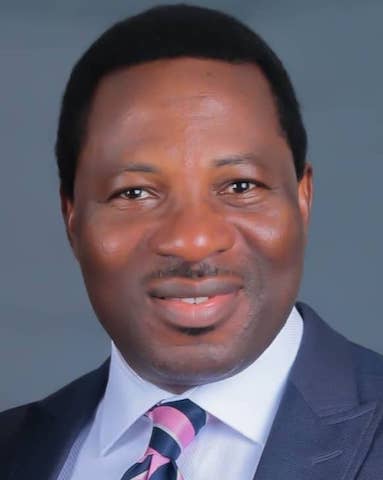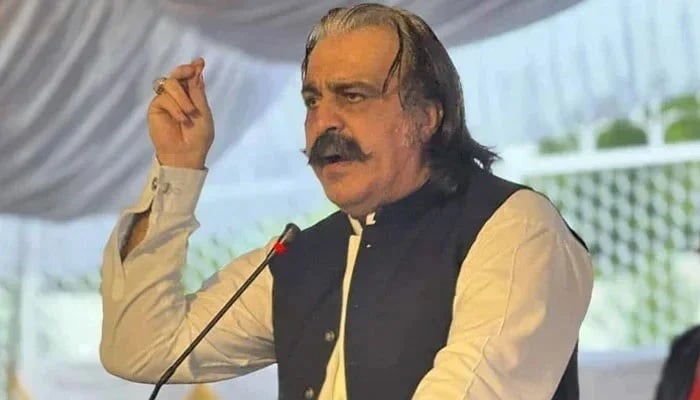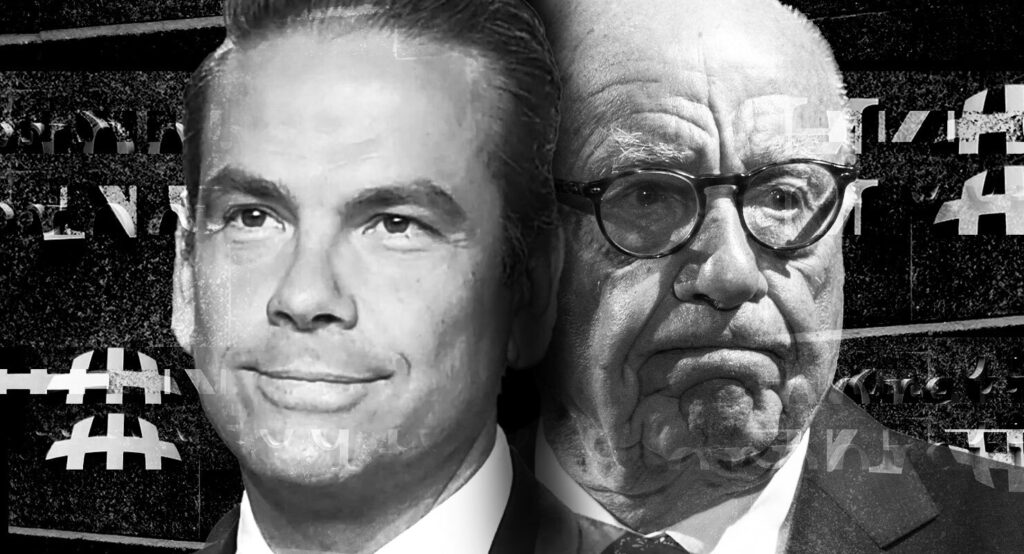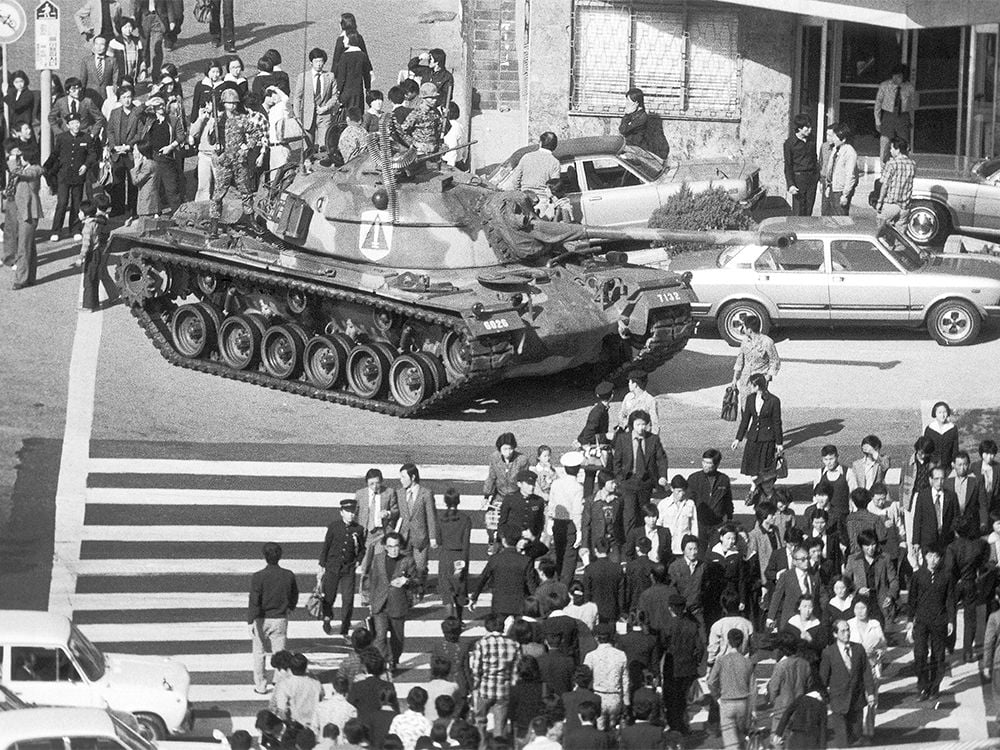Tim Walz, J. D. Vance, and the Politics of Place
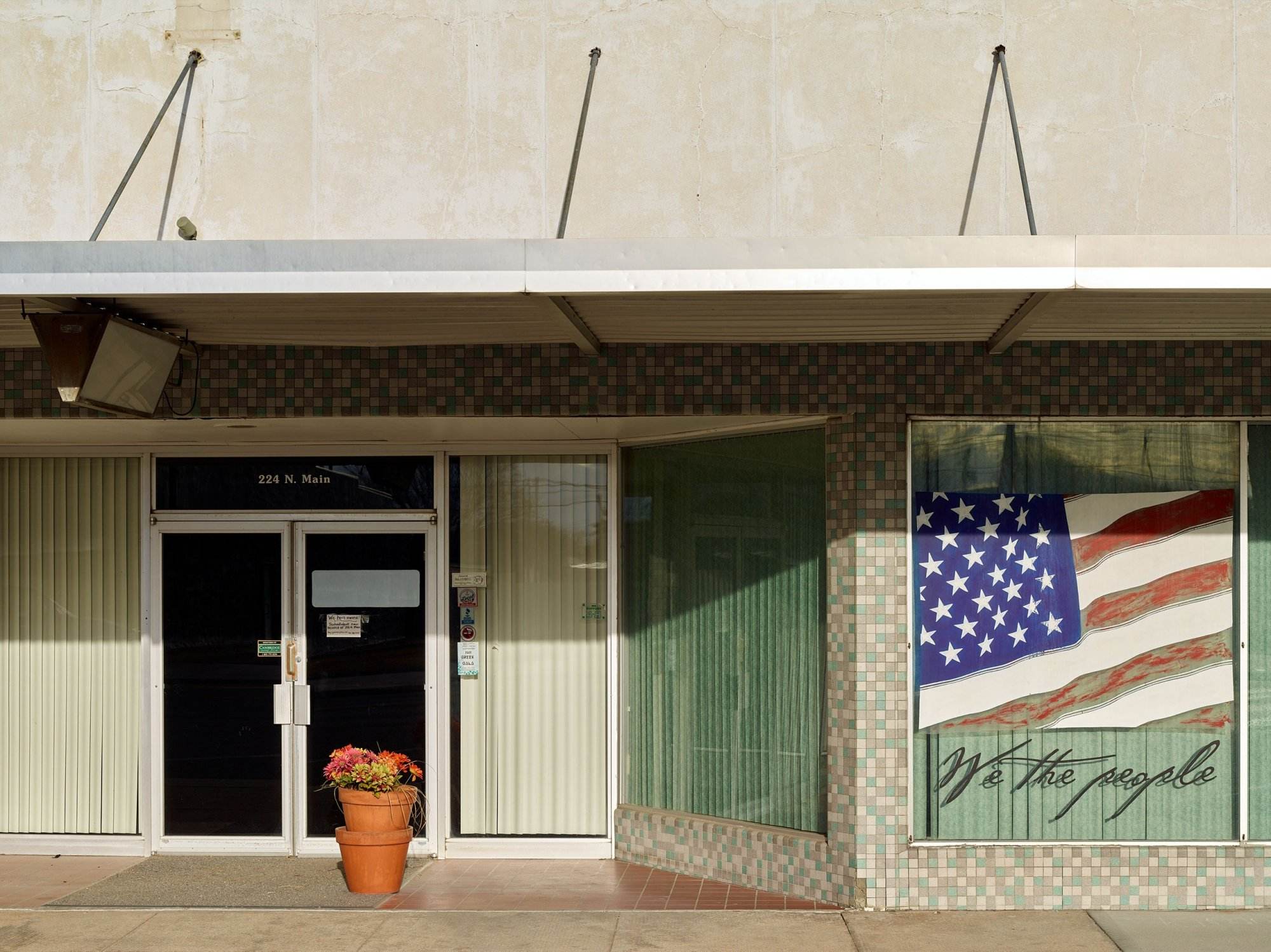
Politics tamfitronics
American democracy has never been entirely democratic. But, though the country’s Founders did not seek to empower every person, they did think a lot about how to empower almost every place. Most of human history before the nation’s founding had featured rulers who were so local that they were either in your family or in your neighborhood. Rulers not only knew your pain; they had felt it and even lived it, too. A democracy spanning great distances, then, such as the one envisioned by the Founders of the United States, was both a relatively new and deeply intimidating proposition. Elected leaders—congressmen, senators—might start off as neighbors, but they would then go on to distant places like the capital, where they would rule as strangers.
And yet a national élite drawn from many places but concentrated in a few places did have its virtues. Alexander Hamilton wrote in the Federalist Papers about the “science of politics” that would prevail in the new country. For a science of politics to exist, though, there needed to be places where these scientists could convene and learn best practices from one another. In the same way that there is a Detroit for automobiles, a New York City for finance, and a Silicon Valley for technology, there has always been a need for places like the Washington, D.C., metropolitan area for those interested in government.
In my neighborhood in Washington, however, and in neighborhoods like it in the handful of metropolitan areas where the ruling class is concentrated, the focus has become more national than local. In such areas, people’s lives have become more defined by relationships with people from across the country than by those with people from across the street. According to studies published in the past decade, the individuals with graduate or professional degrees who dominate these places are nearly three times more likely to move across state lines in a year than those without a high-school diploma. Whereas the average college student lives only fifteen miles from their childhood home and the average adult settles only eighteen miles from their mother, my neighborhood in Washington is full of people, like myself, who travelled hundreds of miles away to make their lives and have colleagues and friends all over the country—and all over the world.
The result is a national élite—not just in politics—that lives a very different life from residents of other types of places. We are a nation divided by ideology, by party, by gender, by race—but also by place. It is not that national ambition corrupts but that it isolates. It becomes harder to see policies as being about specific areas or communities than about the country as a whole. The focus is on issues that matter everywhere, such as abortion, rather than issues that matter only somewhere, like agricultural production. The dominant language is more about the abstract principles and larger ideologies in which you believe rather than the specific people about whom you care. It is the language of universal reason as opposed to the language of local sentiment. If you read a significant speech by almost any major figure in our political life, they often use words like “democracy” or “freedom.” Less often do they use words like “community” or “home” or “place,” let alone talk about specific places that have meaning to people.
My own life has been defined—and divided—by two places that represent this schism. Before I settled in Washington, as an adult, I was raised in a small town in far upstate New York called Plattsburgh. My childhood home was a few hundred feet from Lake Champlain, a lake that seemed to surround us so completely that for almost three weeks, in 1998, Congress designated it the “Sixth Great Lake”—until the Midwest quickly worked to get the change reversed. For myself and for many of my friends, almost everyone I cared about and almost everyone I knew was to be found in that single place. We were alone, but we were together.
Plattsburgh and Washington have very different ideas of what makes for a good life, because they have very different ideas of what makes for a good place. I have seen candidates for national office speak to one of those visions, but rarely to both. This campaign season has been different.
I have never met the Vice-Presidential candidates J. D. Vance and Tim Walz, but I feel like I know them. They both are from community-oriented places like Plattsburgh, though they have spent much of their adult lives in Washington and in places like it. Both candidates speak about what it is like to lead a country nationally, but also what it is like to live a life locally. When they share the debate stage on Tuesday, they will be speaking a similar language, though they will do so in different dialects. Walz has been telling a story in which local and national people seem different but ultimately share a common, American world view. Vance has been telling a story in which good local people are being destroyed by evil national people. In recent years, the latter story has become a core part of the message of the Republican Party: places only a hundred miles away from one another are inevitably a violent world apart.
The Republican Party became the party of the local by accident, rather than on purpose. Republicans have spent decades complaining about the federal government by railing against a place—Washington. They argue that a liberal élite has captured not just the government but also the news media and entertainment field, taking aim at the places that house these industries. Ted Cruz rallied against “New York values” during the 2016 Presidential campaign, just as Dan Quayle campaigned against “Hollywood” twenty-four years earlier.
J. D. Vance rose to national prominence in 2016 by writing about the experiences of his local life and understanding how to sell them to a national audience. He wrote a book about Appalachia that the Times reviewed twice and which Ron Howard made into a film. During his speech at the Republican National Convention, he frequently centered words like “community” or “home” or “place,” as parts of making larger points. He promised to “be a Vice-President who never forgets where he came from.”
Vance’s local credibility has enabled him to become a national menace. Rather than embracing a dual identity—the man who is just as proud to be a product of Ohio as he is a creature of Washington—he can pit the two places against each other because he knows both well enough to do so. When he says that Democrats in Washington are allowing fentanyl into the country, because they wanted to kill people in the “heartland,” or that Haitian immigrants, brought in by the federal government, are eating cats in the town of Springfield, Ohio, local people are more inclined to believe his lies because they share his world view. They like to see one of their own taking it to the national élites. Marianne Williamson, in a since-deleted tweet, supported Vance’s comments on Springfield by saying that only “smug elite jerks” would not listen to anyone “outside their own silo.”
Vance is equally fluent in the language of the national élite, and therefore knows how to get the national media to cover his crazy theories, and how to get national people outraged by them. He elevates the voices of MAGA voters in rural America, anointing them as the authentic and only locals, while at the same time silencing the local experiences of those in places like San Antonio or Sacramento—or of Haitian immigrants themselves, who have become pillars of the local community in Springfield.
One reason the Republican Party has dominated the discussion about place is that it’s been the only party participating in it. My research with the political scientist Charles Hunt has found that Democrats would benefit from running more candidates with connections to and voices like their communities. This is what Walz has provided to the Democratic Presidential ticket. He appeals to rural voters because he is rural, but he also appeals to many other voters in places outside the largest metropolitan areas, because his life is locally oriented, like theirs.
Walz was born in a town of fewer than four thousand, in Nebraska. Later, his high-school graduating class numbered just twenty-five. When his family was burdened by illness and medical debt, his community supported him. He did not fly in an airplane until he was a junior in high school. His local life seems central to his view of the world: during his speech at the Democratic National Convention last month, he talked about “neighbors” eight different times. The imagery of the speech was about place—the “family down the road” who must decide how to survive in Donald Trump’s America was the protagonist in his narrative.
Walz eventually became a national figure: he moved between several different states and lived in China. He was an important member of Congress and a significant national figure as the governor of Minnesota. But he has continued to speak and live in the language of the local. Vance is raising his family in the Washington metropolitan area; Walz, meanwhile, sent his kids to school in Minnesota, where his wife remained a school-district employee for some time. One of his first appearances as the Vice-Presidential nominee was in Nebraska, where he talked about how good it was to be back “home” and referred to specific experiences that only Nebraskans could appreciate. He talked about how “all the people outside of Nebraska” would not understand what he learned: that chili and cinnamon rolls are the “most perfect culinary combination” and that “tubing the Niobrara” or “pregaming at Sidetracks” can be so much fun.
Vance has the anger that comes from a person divided against himself. Walz has the joy that comes from a person relishing that he can be both the local figure he’s always been and the national figure who he currently is. A few days before Kamala Harris selected him as her running mate, Walz went on Ezra Klein’s podcast. He said that he had been to San Francisco for the first time recently and thought that “San Francisco is just the greatest,” but so, too, was “northern Minnesota.” Both represented the “beauty of America.” Klein pointed out that only someone like Walz could say something like that because only someone like Walz had lived something like that. He said that Walz’s sentiment “would not have landed coming from others.”
A campaign runs better when it talks together, and Kamala Harris has also amplified this local message ever since selecting Walz. At the D.N.C., while a video introduced her life story, a big screen flashed “East Bay.” Harris then foregrounded her experiences in the San Francisco Bay Area. She used the soaring language that is necessary for Convention speeches, but she also talked about living in “the flats” and how her family “leaned on a trusted circle” in their neighborhood.
Harris’s campaign anthem is Beyoncé’s “Freedom,” which invokes a common talking point of national Democrats. Walz, on the other hand, has been walking onstage during some appearances to John Mellencamp’s decades-old song “Small Town.” The song is an ode to Seymour, Indiana, where Mellencamp grew up. Los Angeles may have been where Mellencamp made his career, but Seymour wins out: the song is about making the national more local, rather than the other way around, distinguishing it from more recent hits such as Miley Cyrus’s “Party in the U.S.A.,” the unofficial victory anthem for Joe Biden and Harris in 2020. Mellencamp sings, “Well, I was born in a small town. . . . Married an L.A. Doll and brought her to this small town / Now she’s small town just like me.”
There will not be any ballads at the Vice-Presidential debate on Tuesday. But we can expect Walz to be singing this narrative of different places, fitting together comfortably into a coherent nation. ♦
Discover more from Tamfis Nigeria Lmited
Subscribe to get the latest posts sent to your email.



 Hot Deals
Hot Deals Shopfinish
Shopfinish Shop
Shop Appliances
Appliances Babies & Kids
Babies & Kids Best Selling
Best Selling Books
Books Consumer Electronics
Consumer Electronics Furniture
Furniture Home & Kitchen
Home & Kitchen Jewelry
Jewelry Luxury & Beauty
Luxury & Beauty Shoes
Shoes Training & Certifications
Training & Certifications Wears & Clothings
Wears & Clothings





